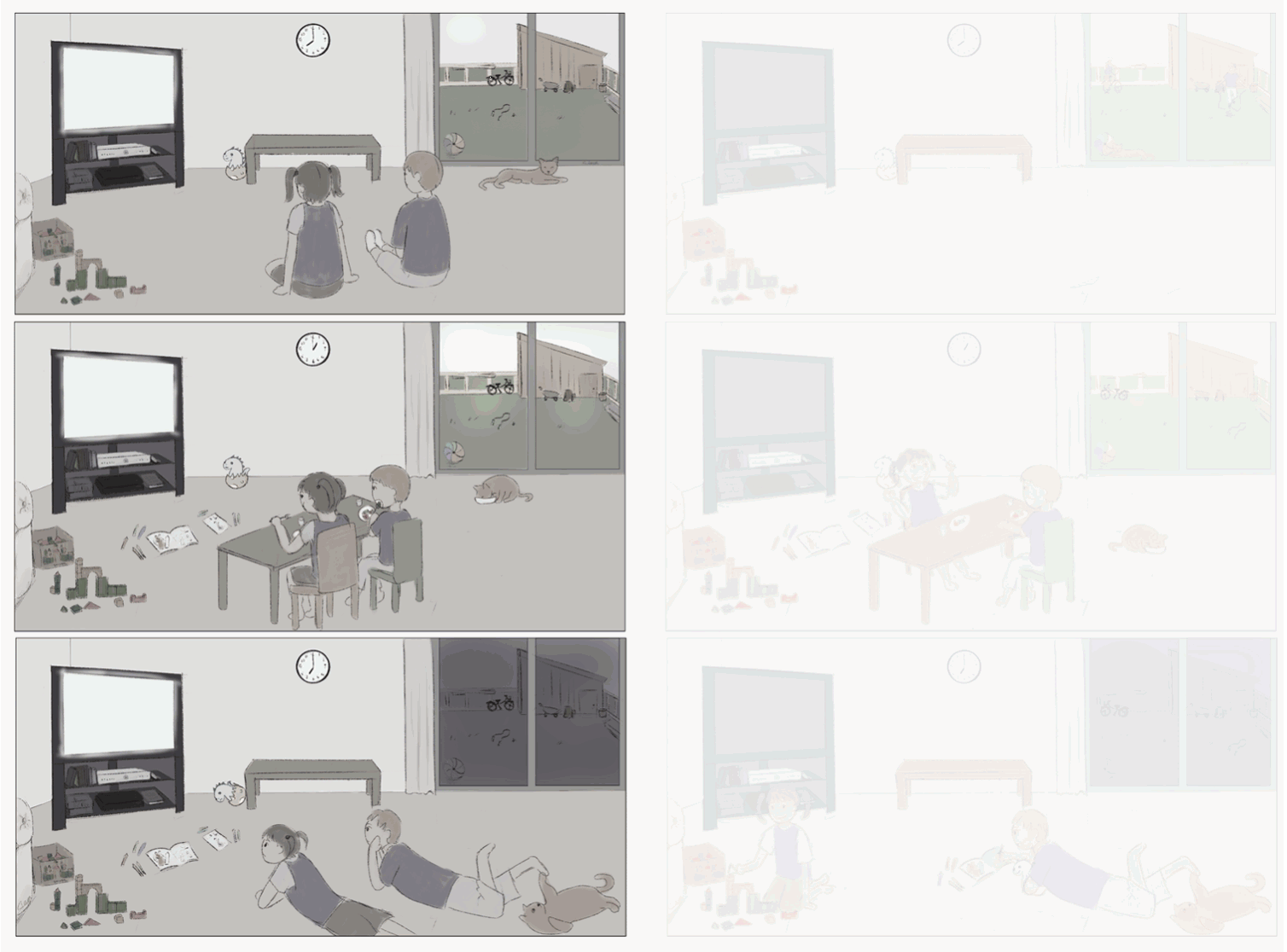Is there a way to integrate some screen time into my child’s day?

In a day, from the moment children wake up to their bedtime, a lot can happen! Children can play outdoors, build a castle, eat lunch together, draw. These interactions with others (peers or adults) and with their physical environment are foundational for language learning. When children spend the whole day passively watching a screen, they miss out on these wonderful learning opportunities.
Screen time should be thought of along two dimensions: quality and quantity. Quality refers to how we use screens, on a scale from passive to interactive. The best use of screens is in an interactive setting, like a parent and child reasoning through a video game together. Quantity refers to the amount of screen time, on a scale from an entire day to a short break. The best amount of screen time is one that does not interfere with other potential activities. A poor language learning day is one where children are watching television passively all day. A rich language learning day is one where children play together, do arts and crafts, watch a short television episode and talk about it with their caregiver, eat together.
Next week, we will dive into how interactions fuel language learning.
The scientific sources of our comic :
